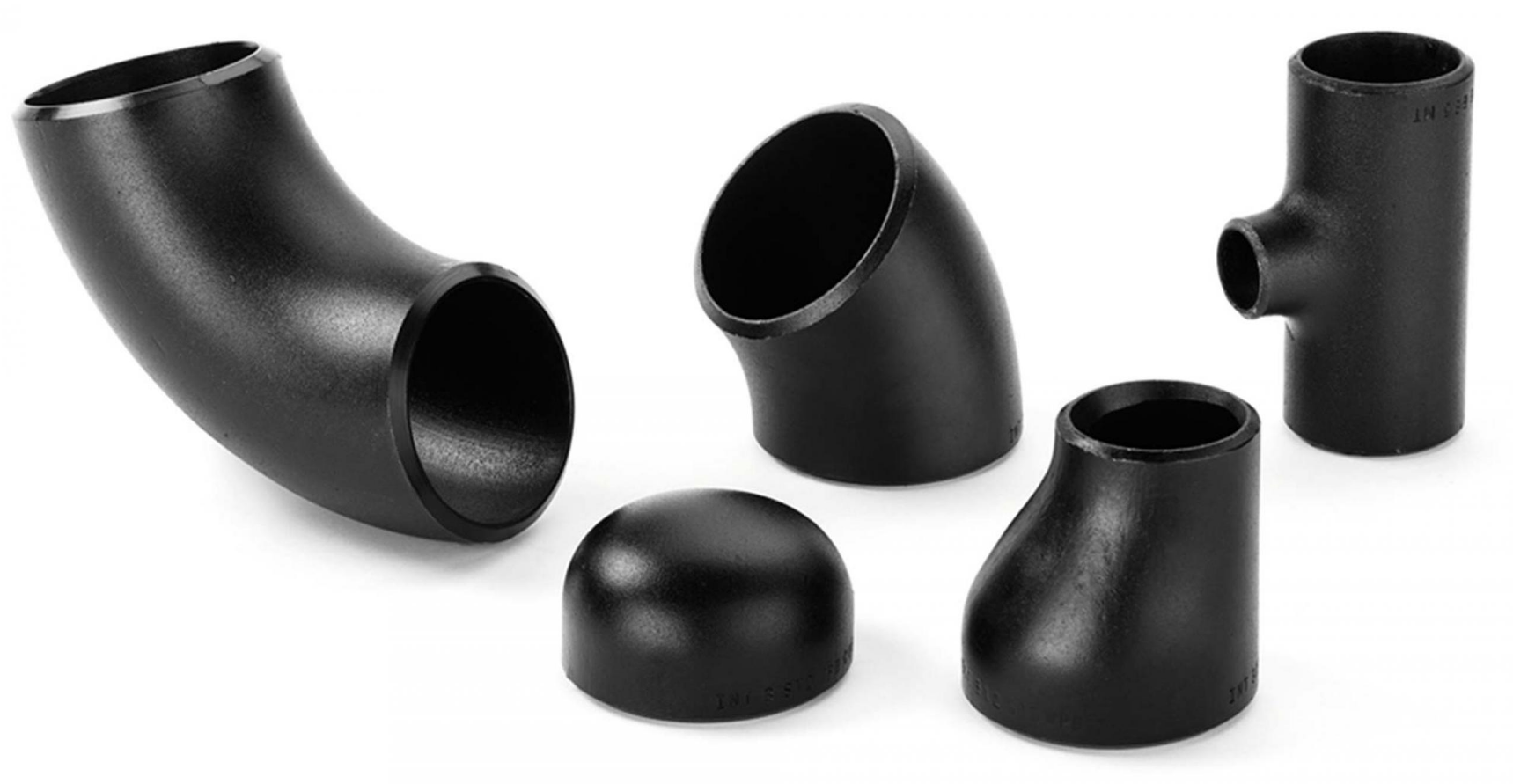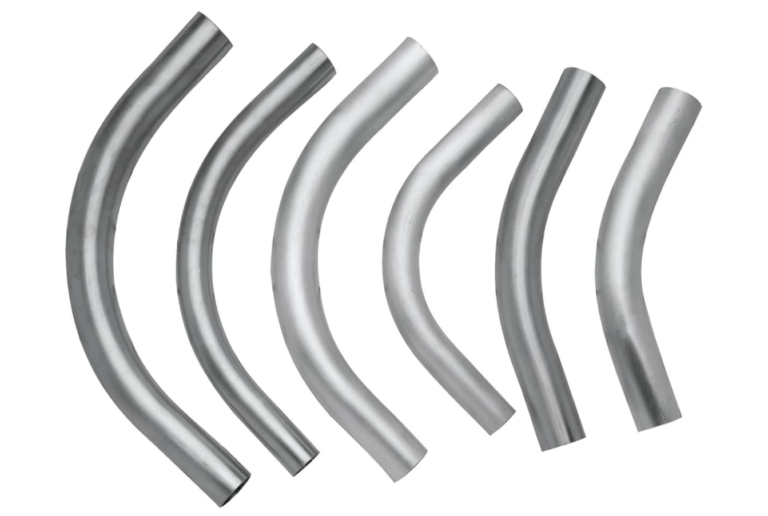7 Things to Note When Choosing Carbon Steel
Table of Contents
- Does carbon steel need good machinability?
- Is carbon steel weldable?
- What are the strength requirements for carbon steel?
- Does carbon steel need good formability?
- Does carbon steel heat treat easily?
- Does carbon steel have good corrosion resistance?
- What applications do you need carbon steel for?
Carbon steel is widely used in many industries.
It is reasonably priced while still having excellent mechanical properties.
Carbon steel is usually composed of 0.05% to about 2.0% carbon, as well as iron and other elements.
Since carbon steel is often used in many applications, it is important to understand it in order to better choose it.
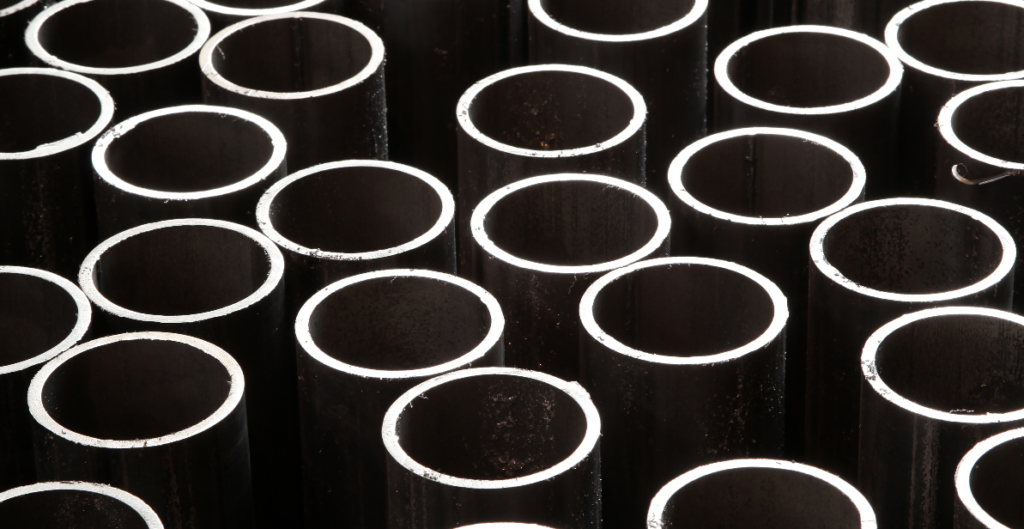
Does carbon steel need good machinability?
There are many types of carbon steel, some are easy to machine, and some are difficult to machine.
Mild steels have good machinability, such as C1010 and C1018.
Carbon steels with higher carbon contents can also be machined easily, but sulfur is added to the chemical composition, such as C1141 and C1144.
C1045 has a higher carbon content, but no other elements to help it machine, so it is a poor choice if machining is required.
Is carbon steel weldable?
Certain types of carbon steel have very good weldability.
However, there are several factors to consider when choosing a carbon steel to weld.
First, carbon steels such as C1141 and C1144 that are suitable for machining are generally not weldable.
The addition of sulfur to these carbon steels can cause solidification cracking in the weld.
Low carbon steels such as C1018 and A36 would be a better choice because they are easy to weld.
Higher carbon steels such as C1045 can also be used but may require preheating or post weld heat treatment.
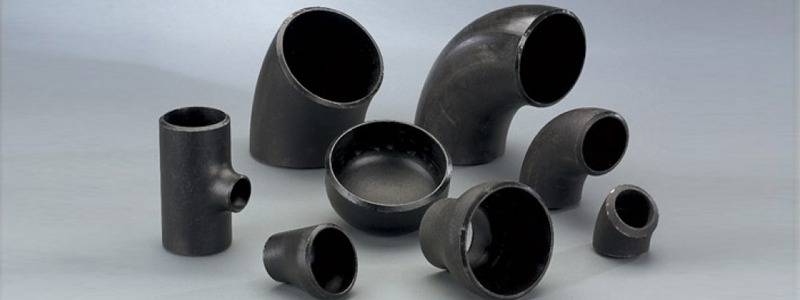
What are the strength requirements for carbon steel?
Compared to other carbon steels, low carbon steels tend to lack tensile strength.
If high strength is required, these low carbon steels should be avoided.
Carbon steels with higher carbon contents offer higher strength and hardness than carbon steels with lower carbon contents.
For example, C1045 has higher strength and hardness than C1008.
However, there are alternatives to low carbon steels: high-strength low alloy steels (HSLA).
HSLA is a low carbon base steel specifically designed to have higher strength while maintaining formability.
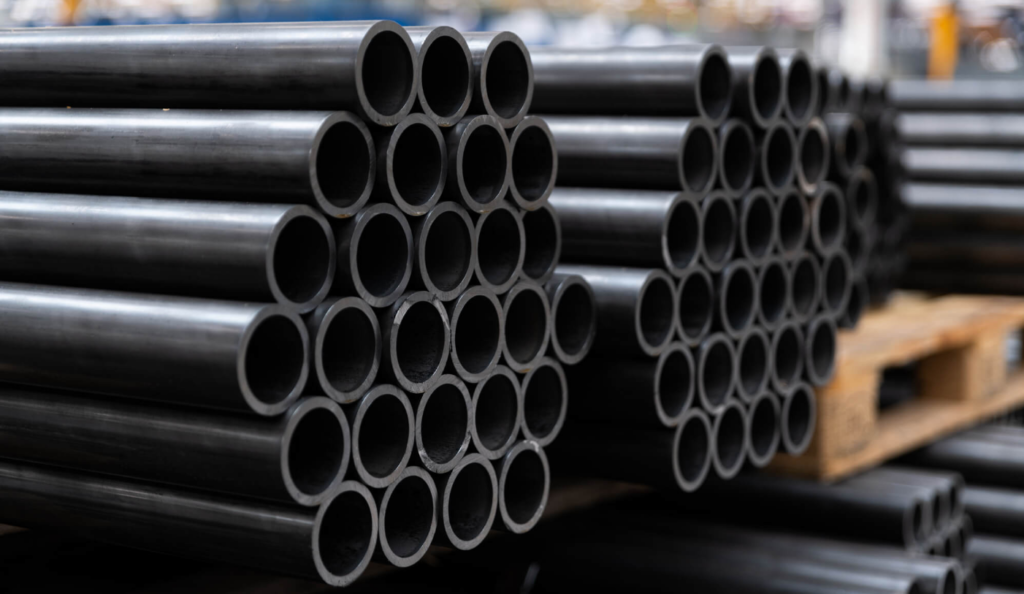
Does carbon steel need good formability?
The category of carbon steel is so broad that there are many different combinations of mechanical properties.
If ductility is required, consider using lower carbon grades such as C1008 and C1010.
As a rule of thumb, low carbon steels are easier to form than high carbon steels.
Does carbon steel heat treat easily?
Carbon steels with carbon content greater than 0.30% can be easily heat treated, such as C1045 and C1141.
Another option is steels with carbon content just over 0.20%.
These carbon steels can have trace amounts of other elements added to improve their hardenability, such as A36.
Low carbon steels, that is, steels with carbon content less than 0.20%, are not easily heat treated.
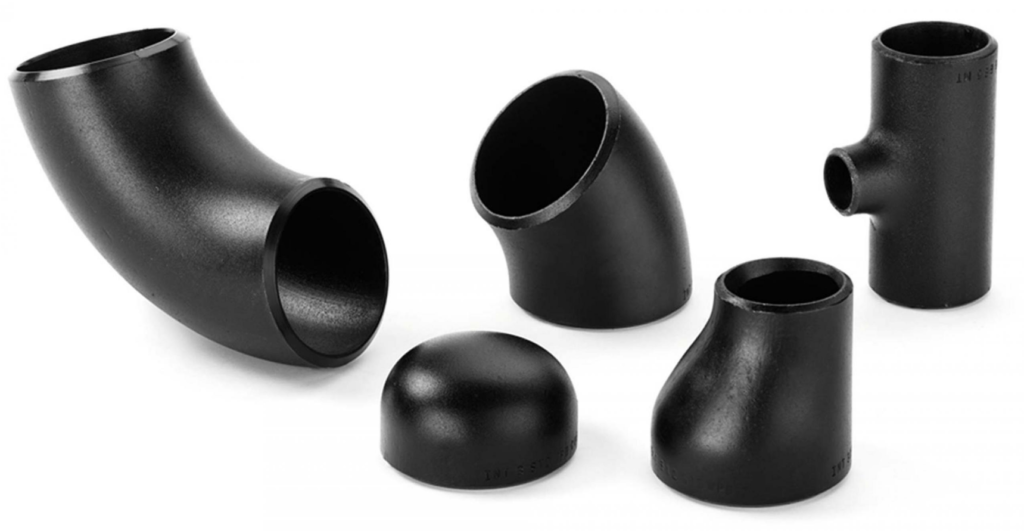
Does carbon steel have good corrosion resistance?
Carbon steels are not very good at resisting corrosion.
They are mainly composed of iron, which can oxidize and form rust.
If enough corrosion-resistant elements, such as chromium, are not added to the chemical composition, the corrosion resistance will not be very good.
Choosing galvanized or electroplated carbon steel is a viable option to prevent corrosion.
Alternatively, adding oil or paint to the surface of carbon steel is a good way to help prevent iron oxidation.
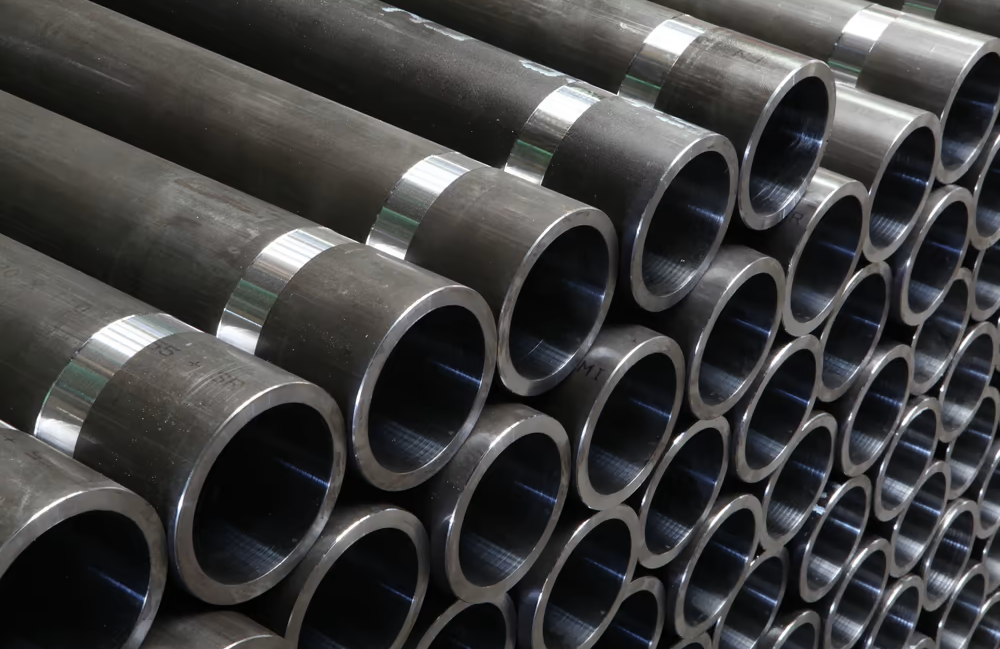
What applications do you need carbon steel for?
Knowing the common applications for different grades of carbon steel can help you choose the right one for your application.
Here are some typical uses:
A36/44W: Automotive parts, cams, fixtures, fuel tanks, forgings, structural applications such as buildings or bridges.
C1008, C1010, C1018: Machine parts, tie rods, lower strength structural applications, mounting plates and brackets.
C1045: Bolts, gears, crankshafts, cylinder shafts, die forgings, and applications requiring higher strength or higher hardness than C1008 or C1010.
C1141 and C1144: Studs, bolts, shafts, tie rods, and similar applications to C1045.

